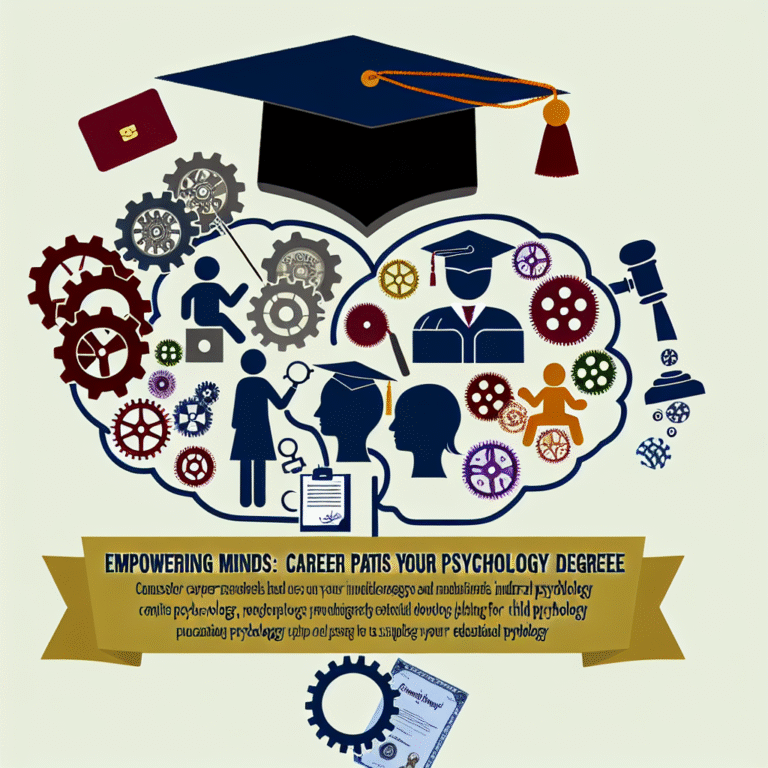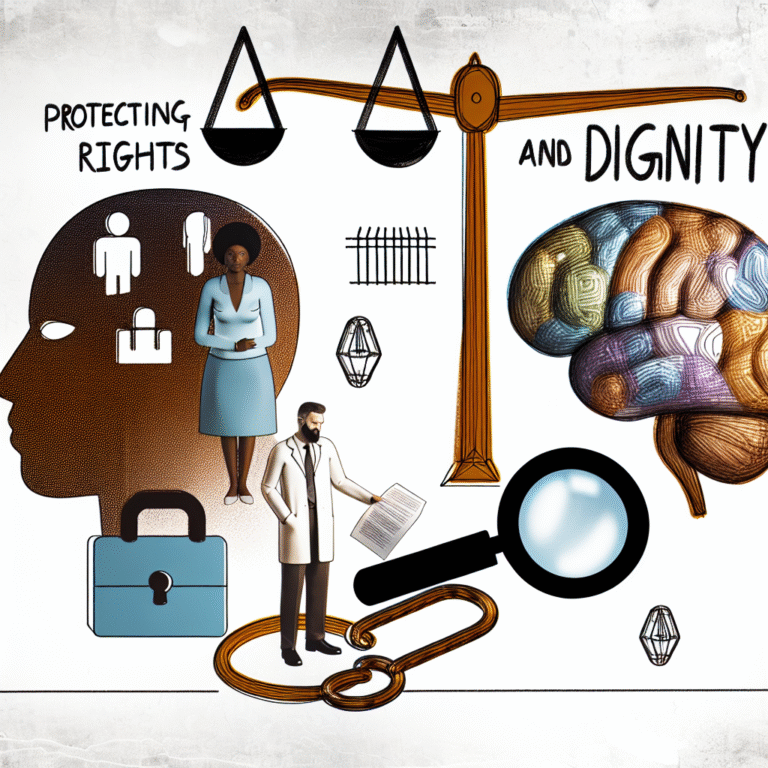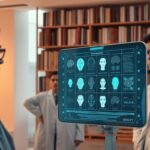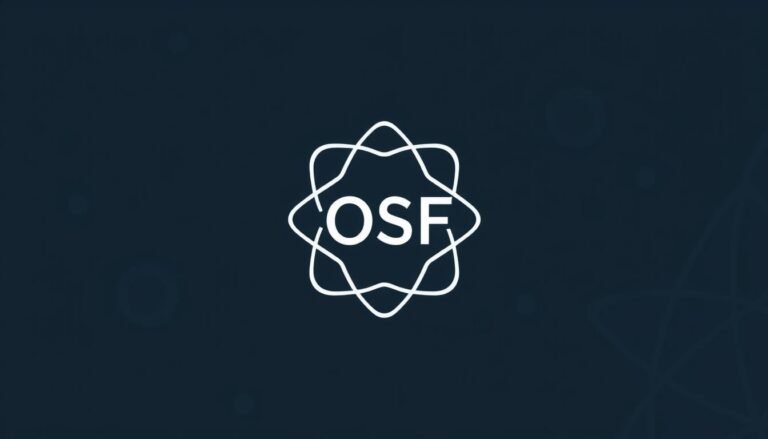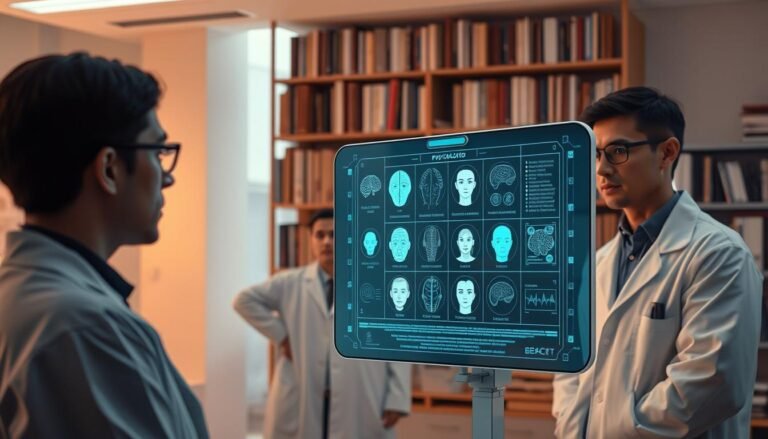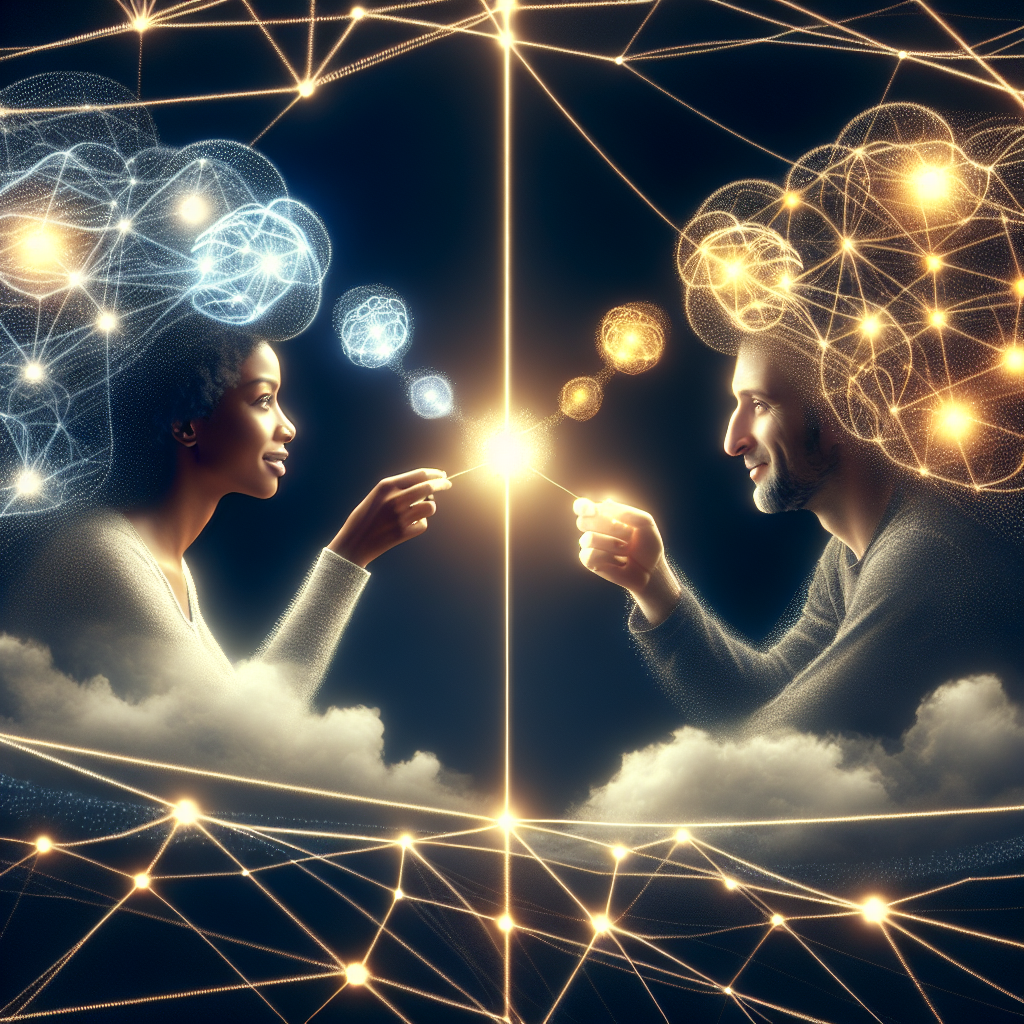
Learning from Each Other: The Ultimate Impact of Social Learning Theory on Modern Behavior
Introduction
In an age marked by rapid technological advancement and increased interconnectedness, the way we learn from one another has undergone a transformation that cannot be overstated. The fourth industrial revolution is not merely about the tools we use but about how these tools facilitate our interactions and learning. This brings us to a critical framework in understanding social behavior: Social Learning Theory. Grounded in psychological insights, Social Learning Theory posits that people learn from one another through observation, imitation, and modeling. The importance of this dynamic is encapsulated in our exploration: Learning from Each Other: The Powerful Impact of Social Learning Theory on Modern Behavior. This article delves deep into how social learning shapes behaviors, nurtures innovation, and fosters communities, providing valuable insights along the way.
Understanding Social Learning Theory
What is Social Learning Theory?
Social Learning Theory, initially proposed by Albert Bandura in the 1960s, asserts that learning occurs in a social context, primarily through observation and imitation. Bandura’s seminal "Bobo Doll" experiment demonstrated that children who witnessed aggressive behavior towards a doll were likely to imitate that behavior later. This foundational study revealed that behaviors could be learned without direct reinforcement, underlining the importance of social interaction in learning processes.
Key Components
- Attention: To learn something through observation, individuals must pay attention to the model demonstrating the behavior.
- Retention: This involves recalling the behavior after observing it.
- Reproduction: The learner must have the ability to replicate the observed behavior.
- Motivation: Learners must want to perform the behavior they have observed; this can stem from external reinforcement or internal personal goals.
Table: Key Components of Social Learning Theory
| Component | Description |
|---|---|
| Attention | Focus on the model demonstrating the behavior. |
| Retention | Ability to remember the behavior after observing it. |
| Reproduction | Capacity to reproduce the behavior observed. |
| Motivation | Desire to perform the behavior, influenced by rewards. |
Learning from Each Other: The Powerful Impact of Social Learning Theory on Modern Behavior
By analyzing how humans have adapted these principles in modern contexts—ranging from educational settings to social media interactions—we can appreciate the profound effects of learning from each other.
Real-World Applications of Social Learning Theory
Case Study: Educational Settings
In contemporary classrooms, social learning is applied through collaborative projects.
Analysis
When students work in groups, they learn not only from the teacher but also from one another. This engages the principle of observational learning, where students imitate peers who exhibit strong problem-solving skills or creativity. According to a study published in the Journal of Educational Psychology, classrooms that foster collaborative learning environments see improved academic performance and enhanced social skills among students.
Case Study: Workplace Learning
Many companies leverage Social Learning Theory to foster a culture of continuous improvement and knowledge sharing.
Analysis
For instance, companies like Google use project teams that encourage peer feedback and mentorship. Employees observe successful colleagues and adapt their strategies. A 2020 report by the Harvard Business Review noted that such environments lead to a remarkable 40% increase in innovation and productivity. This exemplifies Learning from Each Other: The Powerful Impact of Social Learning Theory on Modern Behavior in enhancing workplace dynamics.
Case Study: Social Media and Influencers
Platforms like Instagram and TikTok showcase how social learning occurs in digital spaces.
Analysis
Influencers often serve as models for behavior. A study by the International Journal of Social Media and Interactive Learning Environments found that young adults are significantly influenced by social media personalities, which leads to lifestyle changes ranging from fashion choices to health and wellness practices. The ability to learn from observations in these settings underscores the ongoing relevance of Social Learning Theory in our daily lives.
The Role of Technology
Enhancing Observational Learning Through Online Platforms
With the rise of digital communication tools, learning from each other has become more accessible than ever. E-learning platforms, webinars, and social media provide vast opportunities for observational learning across diverse populations.
Chart: Rise of E-Learning Platforms (2018-2023)
| Year | Number of Users (in millions) | Growth Percentage |
|---|---|---|
| 2018 | 300 | – |
| 2019 | 400 | 33% |
| 2020 | 600 | 50% |
| 2021 | 900 | 50% |
| 2022 | 1200 | 33% |
| 2023 | 1500 | 25% |
The above chart illustrates the exponential growth of e-learning, showcasing its effectiveness in fostering learning among individuals who may not have access to traditional educational settings.
Interactive Learning Environments
Virtual reality (VR) and augmented reality (AR) technologies are emerging tools that promote immersive learning experiences. By allowing individuals to experience situations vicariously, such technologies harness observational learning, making learning from each other more impactful.
Example
A medical training program using VR lets students watch procedures from a surgeon’s viewpoint. As they observe and imitate techniques in simulated environments, the quality of practical skills improves, demonstrating Learning from Each Other: The Powerful Impact of Social Learning Theory on Modern Behavior in a high-stakes field.
The Psychological Underpinnings
Bandura’s Theoretical Extensions
Bandura later expanded his theory to include concepts such as self-efficacy, which refers to an individual’s belief in their ability to succeed. This psychological insight is crucial in modern behavior, as self-efficacy motivates people to engage in social learning subsequently.
The Social Context of Learning
In today’s interconnected world, the cultural, societal, and organizational contexts significantly influence how we learn from one another. Different communities highlight various models of behavior that impact individuals’ choices and attitudes.
Challenges and Misconceptions
Common Misunderstandings
- Imitation Equals Learning: While imitation can lead to learning, critical thinking is essential for understanding.
- Negative Role Models: Not all observed behavior is positive. The influence of negative role models can lead to adverse effects, illustrating the duality of social learning.
- Passive Learning: Some believe social learning is a passive process. In reality, it requires active engagement and critical evaluation of observed behaviors.
Addressing the Challenges
To maximize the benefits of social learning, educators and leaders must be aware of the potential negative influences and create environments that encourage positive behaviors.
Conclusion
The landscape of learning has shifted dramatically, emphasizing the importance of social interaction and shared experiences. Learning from Each Other: The Powerful Impact of Social Learning Theory on Modern Behavior reveals that our understanding of how we learn and evolve is profoundly interlinked with the communities and cultures we inhabit. As we embrace collaborative practices in education, workplaces, and everyday interactions, we foster a more innovative, empathetic, and connected society.
As we navigate this era of information overload, let’s commit to leveraging the principles of Social Learning Theory to enrich our knowledge and behavior. Embrace the opportunity to learn from each other, recognizing that our greatest assets are the insights and experiences we share.
FAQs
FAQ 1: What is Social Learning Theory?
Answer: Social Learning Theory is a psychological framework that asserts that people learn behaviors through observation, imitation, and modeling rather than direct reinforcement.
FAQ 2: How does Social Learning Theory apply in educational settings?
Answer: In education, Social Learning Theory is applied through collaborative learning, where students share knowledge and skills, leading to improved academic outcomes and social skills.
FAQ 3: Can negative behaviors be learned through Social Learning Theory?
Answer: Yes, individuals can observe and imitate negative behaviors as well. It underscores the importance of positive role models and environments that foster constructive behaviors.
FAQ 4: How has technology influenced Social Learning Theory?
Answer: Technology, especially online platforms and immersive technologies, has expanded opportunities for observation and interaction, making social learning more accessible and engaging.
FAQ 5: How can individuals foster better learning from each other?
Answer: Individuals can foster better learning by actively engaging in dialogues, sharing experiences, providing constructive feedback, and being open to new ideas and behaviors.
Through understanding and applying the principles and insights from Social Learning Theory, we can significantly enhance our social dynamics, collaborative efforts, and overall behavioral evolution. The journey of learning from each other is not just powerful; it is essential for our collective growth and innovation.







